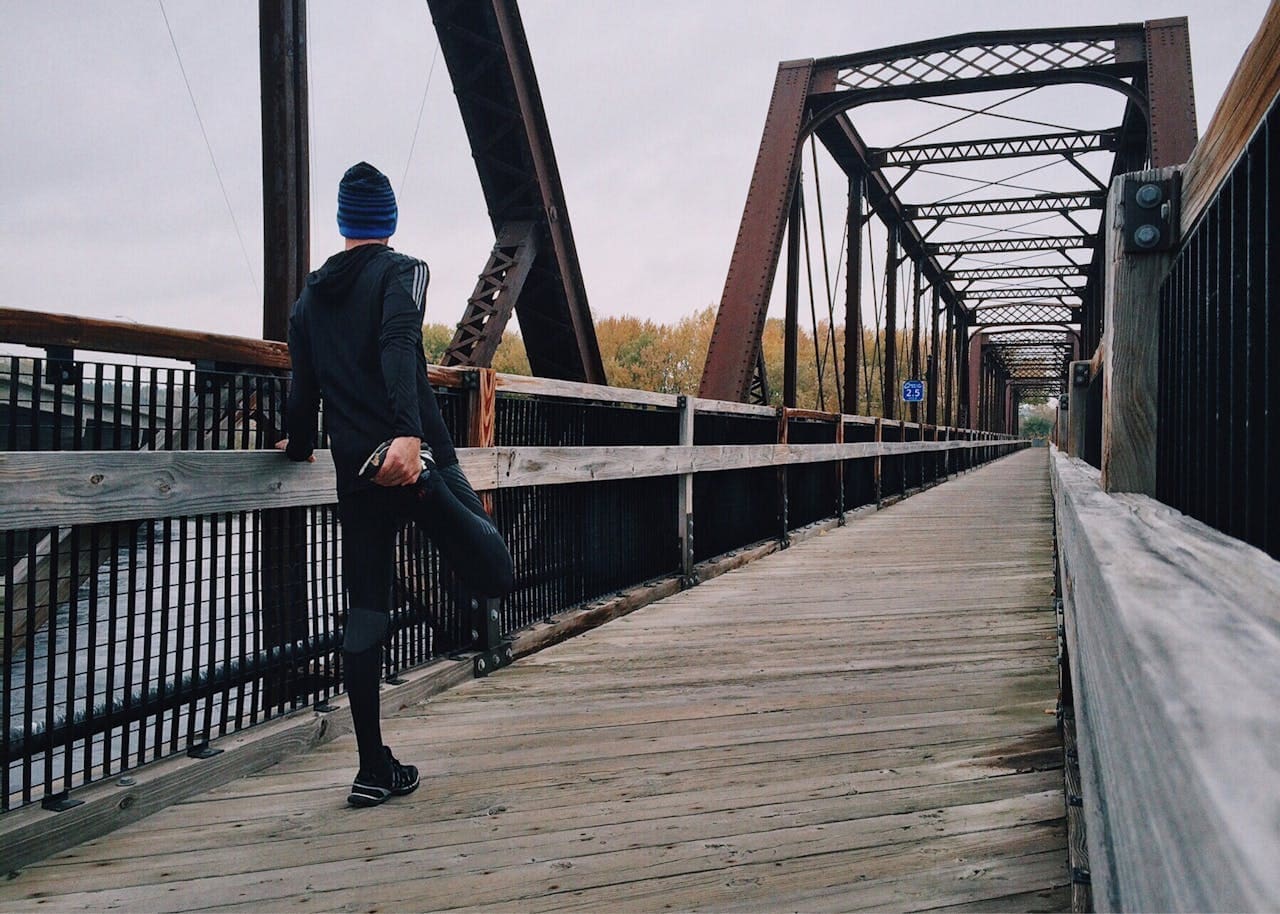Stretching is often overlooked as a cornerstone of physical health. Many people think of it as a warm-up or cool-down routine that accompanies exercise, but its benefits extend far beyond the gym. Incorporating regular stretching into your daily life can improve flexibility, enhance mobility, prevent injuries, and even boost mental well-being. Whether you’re a seasoned athlete or someone who spends most of the day at a desk, stretching is essential for maintaining a healthy, vibrant life.
Why Stretching Matters
Stretching involves deliberately lengthening muscles and soft tissues to improve elasticity, range of motion, and overall function. Here’s why it’s crucial:
1. Improved Flexibility
Flexibility is the foundation of physical fitness and functionality. It enables your body to move freely and comfortably, reducing the risk of strains or tears. Over time, tight muscles can lead to imbalances that strain joints and ligaments. Regular stretching combats this, keeping your muscles supple and responsive.
2. Enhanced Posture
Poor posture, often caused by prolonged sitting or hunching over devices, can lead to chronic pain and reduced mobility. Stretching helps alleviate tension in the neck, shoulders, and lower back, encouraging better alignment and posture.
3. Injury Prevention
Tight muscles are more prone to injury. Stretching improves muscle elasticity and joint mobility, reducing the likelihood of injuries during everyday activities or workouts. It also promotes balance, which can help prevent falls in older adults.
4. Increased Circulation
Stretching stimulates blood flow, delivering oxygen and nutrients to muscles and tissues. This improved circulation helps with muscle recovery, reduces soreness, and supports overall cardiovascular health.
5. Stress Relief and Mental Clarity
Stretching doesn’t just benefit the body—it also calms the mind. Gentle, sustained stretches activate the parasympathetic nervous system, reducing stress and anxiety. Many stretching routines, like yoga, combine mindfulness and breathing techniques, further enhancing mental clarity and relaxation.
Types of Stretching
Not all stretches are created equal, and understanding the different types can help you tailor your routine to your specific needs:
1. Static Stretching
This involves holding a stretch for 15–60 seconds to lengthen muscles and improve flexibility. It’s best performed after workouts when your muscles are warm and more pliable.
2. Dynamic Stretching
Dynamic stretches involve controlled movements that prepare the body for physical activity. Examples include arm circles, leg swings, and walking lunges. These stretches are ideal for warming up before exercise.
3. PNF Stretching (Proprioceptive Neuromuscular Facilitation)
PNF stretching combines muscle contraction and relaxation to increase flexibility. Often performed with a partner, it’s highly effective but requires proper technique to avoid injury.
4. Ballistic Stretching
This involves rapid, bouncing movements to push the body beyond its normal range of motion. While it’s used by some athletes, it’s not recommended for most people due to the higher risk of injury.
5. Active and Passive Stretching
Active stretching involves using your own muscles to hold a position, while passive stretching relies on an external force, like a partner or a prop, to deepen the stretch. Both methods are effective for improving flexibility and relaxation.
How Stretching Benefits Specific Groups
Stretching offers unique advantages depending on your lifestyle and physical condition:
For Office Workers
Sitting for extended periods can cause tight hips, stiff necks, and rounded shoulders. Simple stretches like chest openers, seated spinal twists, and hamstring stretches can counteract these effects. Setting reminders to stretch throughout the day can reduce discomfort and boost productivity.
For Athletes and Fitness Enthusiasts
Athletes rely on flexibility and range of motion to perform at their best. Stretching before and after exercise prevents injuries, speeds up recovery, and enhances performance. Yoga, foam rolling, and targeted stretching can complement training routines.
For Seniors
As we age, muscles and joints naturally lose elasticity, making stretching even more critical. Gentle routines can improve balance, reduce stiffness, and alleviate chronic pain from conditions like arthritis. Stretching also helps seniors maintain independence by enhancing mobility.
Common Stretching Mistakes to Avoid
While stretching is generally safe, improper techniques can lead to discomfort or injury. Here are some common pitfalls:
1. Skipping Warm-Ups
Stretching cold muscles increases the risk of strains. Always do a light warm-up, like walking or gentle jogging, to prepare your body.
2. Bouncing While Stretching
Bouncing can cause microtears in the muscles and lead to soreness. Focus on slow, controlled movements instead.
3. Overstretching
Pushing your body beyond its limits can do more harm than good. Listen to your body and stop if you feel pain or discomfort.
4. Neglecting Consistency
Stretching sporadically won’t yield long-term benefits. Make it a daily habit to see sustained improvements in flexibility and mobility.
Creating a Balanced Stretching Routine
A well-rounded stretching routine targets all major muscle groups. Here’s a simple plan you can follow:
Morning Stretches
Start your day with gentle movements to wake up your body:
•Cat-Cow Stretch: Loosens the spine and relieves tension.
•Seated Forward Fold: Stretches the hamstrings and lower back.
•Side Stretch: Opens up the ribs and improves posture.
Pre-Workout Stretches
Dynamic stretches prepare your muscles for activity:
•High Knees: Warm up the legs and core.
•Arm Circles: Increase shoulder mobility.
•Leg Swings: Loosen the hips and hamstrings.
Post-Workout Stretches
Static stretches promote recovery and relaxation:
•Quad Stretch: Targets the front of the thighs.
•Pigeon Pose: Opens up the hips.
•Child’s Pose: Relieves back tension and calms the mind.
Evening Stretches
Wind down with calming poses before bed:
•Reclining Spinal Twist: Eases back pain and aids digestion.
•Butterfly Stretch: Loosens the hips and inner thighs.
•Forward Fold: Encourages relaxation and better sleep.
Tips for Staying Motivated
1. Set Realistic Goals
Start with small, achievable goals, like stretching for 10 minutes a day, and gradually increase the duration.
2. Incorporate Stretching into Daily Life
Stretch while watching TV, during breaks at work, or after waking up. Small changes can make a big difference.
3. Use Tools and Props
Foam rollers, yoga blocks, and resistance bands can enhance your stretching routine.
4. Make It Enjoyable
Listen to calming music or follow a guided stretching video to keep your routine engaging.
5. Track Your Progress
Document your flexibility improvements, such as touching your toes or deepening a split. Progress is a great motivator.
The Long-Term Benefits
The beauty of stretching lies in its accessibility and long-term rewards. As you consistently stretch, you’ll notice improvements in your physical and mental well-being:
•Enhanced mobility and balance make everyday tasks easier.
•Reduced risk of chronic pain leads to a more active lifestyle.
•Improved mental clarity fosters a positive outlook on life.
Incorporating stretching into your daily routine doesn’t require expensive equipment or a lot of time. It’s a simple, effective way to invest in your health and vitality.
So, whether you’re aiming to touch your toes, alleviate back pain, or simply feel more energized, stretching is the key. Commit to a daily practice, and your body and mind will thank you for years to come.


